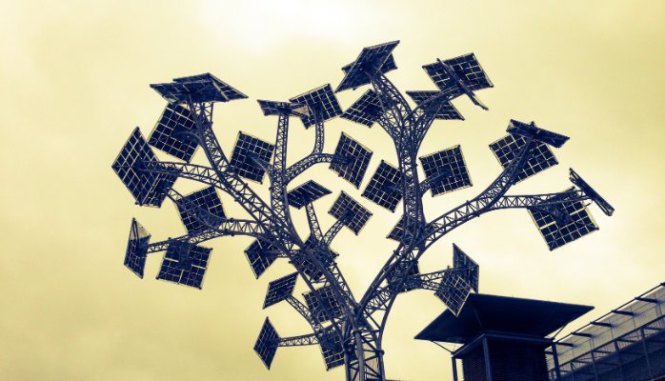One of the big words this week in Paris is “climate aid.” There is a big push from climate focused NGOs to convince rich countries to spend quite a fortune to help poor countries adjust to global warming. This catch-all term includes money given for global warming education, solar panels, adaptation and anything else that can be linked to global warming.
There have already been results, too. The Organization for Economic Cooperation and Development has taken a look at 70% of the total global development aid. They found that about one quarter of that money goes towards climate-related aid.
This week, Australia’s Prime Minister, Malcolm Turnbull pledged to divert $1 billion of Australian development aid to climate aid. In October, Jim Yong Kim, the World Bank President pledged a one third increase in the bank’s direct climate related financing. This will bring the bank’s annual total to an estimated $29 billion by 2020. A month earlier, the Chinese President, Xi Jinping pledged to match President Obama’s pledge of $3 billion in aid to the United Nation’s Green Climate Fund. The United Kingdom is using $8.0 billion of it’s overseas aid budget for climate-related aid over the next five years. France is promising $5.6 billion annually by 2020, which is an increase from $3.4 billion today.
The goal is for all of their pledges to add up to $100 billion a year. This was decided at the Copenhagen climate summit six years ago. Even though Rachel Kyte, the World Bank vice president told the Guardian newspaper that this figure “was picked out of the air at Copenhagen.” However, this arbitrary goal has become fundamental to all. The only problem is that the climate aid money isn’t new. It is being drawn from existing aid and development funds. Public health, education and economic development are being sacrificed.
During an online survey by the United Nations, eight million people ranked what matters most to them. “Action taken on climate change” came in last place. The question that we have to ask is if this is aid or self indulgence. Green energy sources would be good to keep on a light or charge a cell phone, but they are useless for tackling the main challenge’s that the world’s poor face.
I believe that investing directly in agricultural research and better farming technologies would help the world’s poor much, much better than solar panels would. What do you think?

